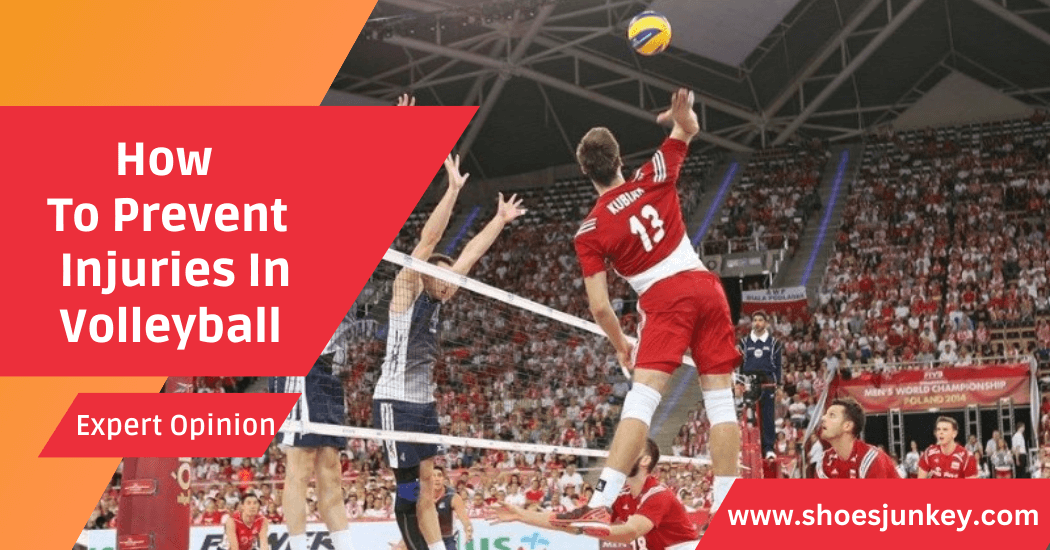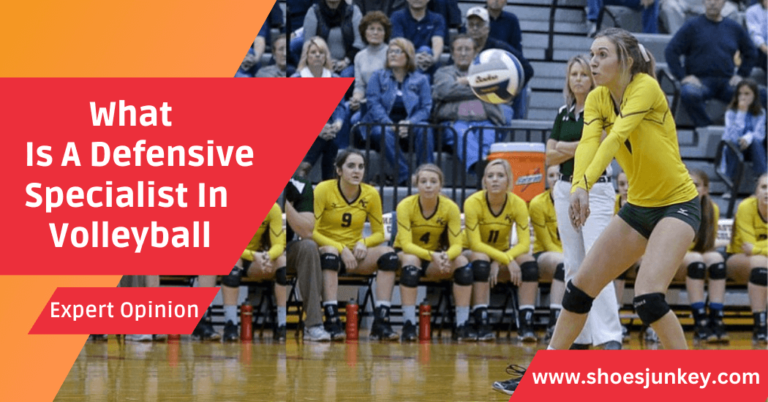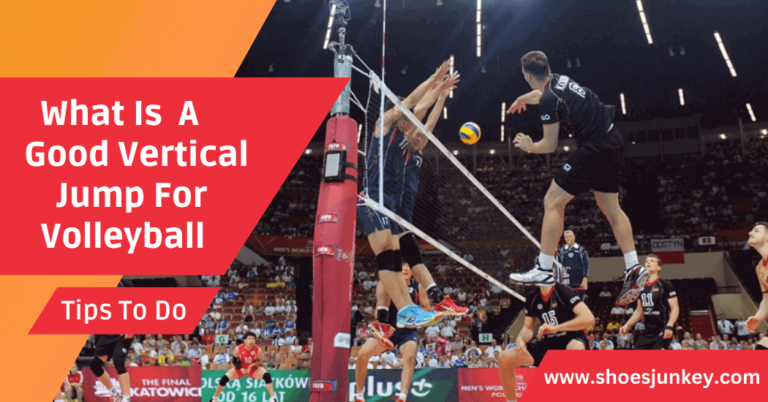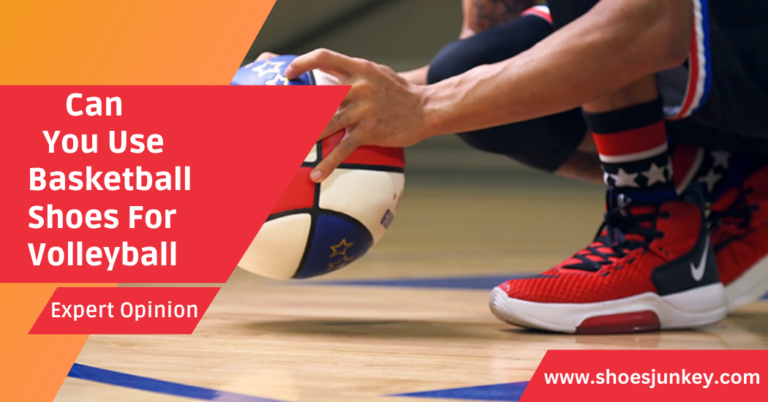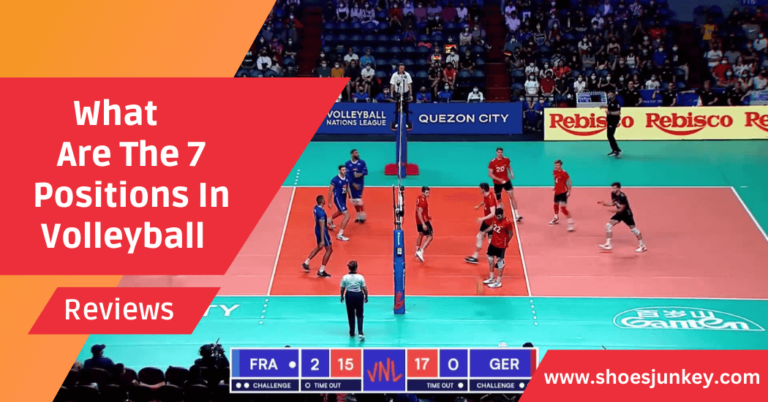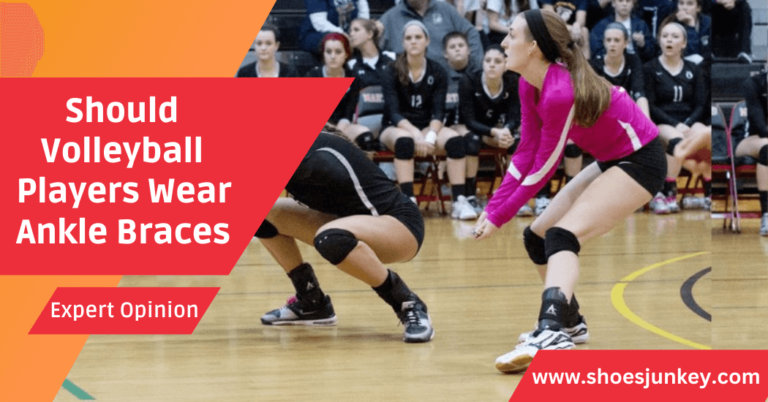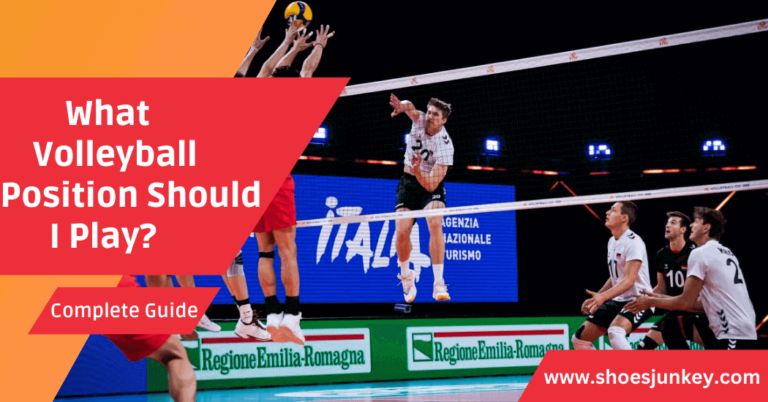How To Prevent Injuries In Volleyball?
Volleyball is a high-intensity sport that involves quick movements, sudden bursts of power and continuous jumping. Although it’s a thrilling and rewarding game, volleyball players are not immune from the risk of injuries.
Understanding common injuries and adopting preventative measures can significantly improve a player’s performance while keeping them healthy throughout the season. In this article, we will discuss the most common volleyball injuries and how to prevent them.
Common Injuries and Their Impact on Performance
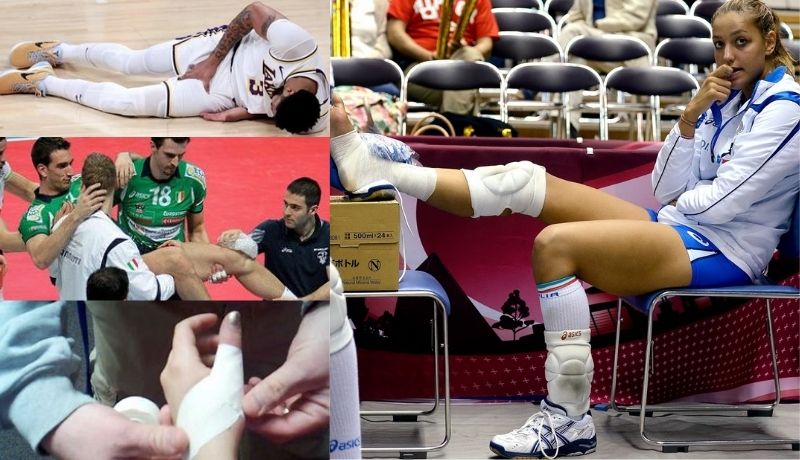
Volleyball players, like athletes in many other sports, are susceptible to a unique set of injuries. These injuries can range from minor sprains and strains to more serious conditions like joint dislocations and fractures. The high-speed nature of the game, combined with the physical intensity required, puts players at risk. Let’s delve into some of these commonly encountered injuries and how they might impact a player’s performance:
- Ankle Sprains: A common injury in volleyball due to the quick, lateral movements required in the game. This can limit a player’s mobility and jumping ability.
- Rotator Cuff Tendinitis: This is a result of repetitive overhead motions (like serving or spiking) leading to shoulder pain and reduced serving power and precision.
- Patellar Tendinitis (Jumper’s Knee): Persistent jumping can lead to this condition, characterized by pain in the knee. It can significantly affect a player’s jumping ability.
- Finger Injuries: Common in volleyball players due to blocking or setting the ball, these injuries can affect ball handling skills.
- Back Injuries: These often come from constant twisting and bending, compromising core stability and overall agility. Lower back pain can also hinder a player’s jumping and hitting power.
It is essential to note that injuries not only impact a player’s physical abilities but also have psychological effects. The fear of re-injury or missing out on playing time due to recovery can lead to performance anxiety and affect overall gameplay.
Preventative Measures for
Athletes can significantly reduce the risk of these common volleyball injuries by incorporating certain preventative measures into their training routine. These measures can safeguard against both physical and psychological stressors associated with sports injuries.
Proactive steps towards injury prevention not only enhance players’ physical abilities but also ensure their mental well-being, fostering a positive mindset towards the game. Here are some key preventative measures:
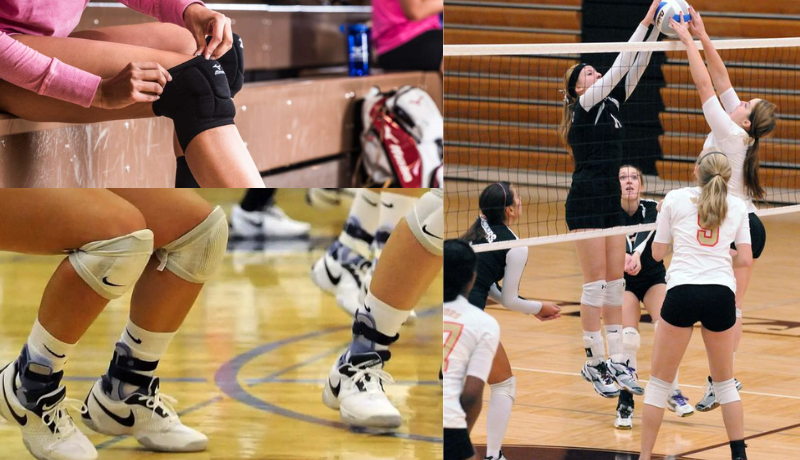
- Proper Conditioning: Regular strength and flexibility training can help prepare the body for intense matches. This includes exercises strengthening the legs, core and upper body, along with stretching routines to maintain flexibility.
- Warming up and Cooling down: Always start and end each training session or match by warming up and cooling down properly. This could reduce the risk of muscle strains and other sports-related injuries.
- Proper Technique: Coaches should ensure that players are using the correct technique for all moves. This is particularly important for moves that are repeated often, such as serving, spiking and blocking.
- Rest and Recovery: Adequate rest between training sessions and matches is crucial to allow the body time to recover and prevent overuse injuries.
- Protective Gear: Use knee pads, ankle braces and other protective sporting equipment to safeguard against potential injuries.
- Hydration and Nutrition: Proper hydration and nutrition can also play a crucial role in injury prevention by maintaining the body’s health and supporting recovery.
By following these preventative measures, players can stay in the game for longer and perform at their best. In case of an injury, it is essential to seek proper medical care and follow a rehabilitation plan before returning to play.
Significance of Rest and Recovery in Volleyball
The significance of rest and recovery in volleyball cannot be overstated. Rest periods allow the body to heal, strengthening tissues that have been stressed during intense physical activities like volleyball. Regular recovery time can also help prevent overuse injuries, which are common in the sport due to repetitive motions such as jumping and spiking. Beyond physical health, rest and recovery are essential for mental well-being.
They provide an opportunity to re-energize and refocus, which can improve concentration and performance during gameplay. Furthermore, adequate sleep is crucial for muscle recovery and skill acquisition, as it allows the body to consolidate the motor skills learned during practice. Therefore, incorporating rest and recovery into their training schedule is as important for volleyball players as their practice sessions and matches.
Importance of Utilizing Proper Gear and Equipment in Volleyball
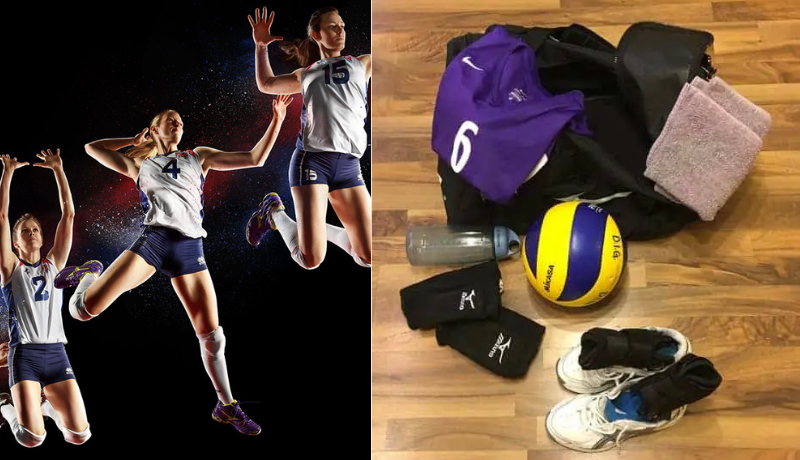
Utilizing proper gear and equipment in volleyball plays a pivotal role in preventing injuries and enhancing performance. The right equipment provides necessary protection and support during intense physical activities characteristic of the sport.
Volleyball Shoes: Specifically designed for the sport, volleyball shoes provide ample cushioning, essential for players constantly jumping and moving quickly across the court. They also have a non-slip grip that aids in quick, sharp movements without the risk of slipping or falling.
Knee Pads and Ankle Braces: Knee pads protect the knees from injury during falls and dives, while ankle braces provide additional support to the ankles, preventing sprains and other related injuries.
Volleyballs: Using a well-maintained, regulation size and weight volleyball can significantly reduce the risk of hand and finger injuries.
Protective Eyewear: Players who use glasses should consider investing in protective eyewear to prevent possible eye or facial injuries.
Sportswear: Comfortable, breathable sportswear can help players stay cool during games and reduce discomfort caused by sweating and overheating.
Incorporating appropriate gear and equipment into their game allows players to focus on their performance without the constant fear of injuries. Therefore, investing in quality volleyball gear is as crucial as training and conditioning in the sport.
Expert tips and techniques to minimizing injury risks
Effective injury prevention extends beyond basic measures, with certain expert tips and techniques further helping to reduce risks. Here are some:
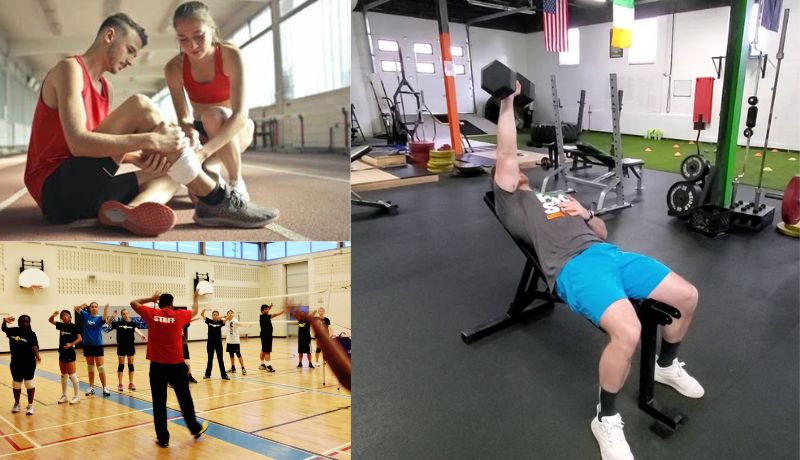
- Rotational Training: To prevent overuse injuries, it can be beneficial for players to rotate their positions, minimizing the repetition of the same movements.
- Balance and Stability Exercises: Performing exercises that enhance balance and stability can help prevent slips and falls on the court, thereby reducing the risk of injuries.
- Fall Technique Training: Learning how to land or fall correctly can significantly reduce the risk of injuries during dives. This involves rolling upon landing to disperse the force of impact.
- Use of Taping and Braces: For players who’ve previously suffered from sprains or have weak ankles, using taping or braces can provide additional support and reduce the likelihood of re-injury.
- Regular Health Check-ups: Regular health check-ups can help detect potential issues early and timely interventions can prevent these from turning into severe injuries.
By integrating these tips and techniques into their regular routines, volleyball players can further strengthen their defenses against injuries, focusing on their game with full confidence. It is essential to remember that any prevention strategy should be tailored to the individual’s specific needs and capabilities. As such, consulting with coaches, trainers, or medical professionals can provide valuable input.
Conclusion:
In conclusion, while playing volleyball does carry risk for injury, you can lessen the risks by following the safety tips shared in this blog. Ensuring that you have all of the right safety gear, warming up before game time and having a good understanding of the rules of the game and how to play correctly will help to reduce the chances of being injured while playing volleyball.
Taking care of yourself off-court can also help reduce your risk for injury; living an active lifestyle, doing strength training exercises and regularly stretching are key for keeping your body prepared for physical activity.
Keeping safe at practice and on the court should always be top priority when it comes to sports like volleyball but, most importantly, practice enthusiasm over perfection – it will make both your time on court and off more enjoyable!

